Maria Booker
My research is finally underway. Yesterday, I met with an entomologist from CSIR water research. I thought that the objective of the day would be to visit one community, and we would visit other communities on different days, but when I got to her she told me that we were going to kill three birds with one stone and visit the Korle Bu Teaching Hospital to see if we could get access to the malaria reports that I need, then visit Chorkor, an indigenous community, and then visit Agbogbloshie, an informal settlement.
So, at least 75% of my fieldwork was achieved this morning, and I am actually relieved about that, because it looks as though my research needs to be reworked. Originally, I had planned to write about how a lack of solid waste disposal at these sites was leading to an increase in malaria rates, but I feel that I can not honestly just write about this tiny portion of the issue here. A lack of BASIC infrastructure is leading to malaria at these sites.
Chorkor is a coastal community facing the Atlantic, and solid waste is a major problem here. What was once the Chemu lagoon is now a landfill, and these indigenous people live around it. While solid waste is a great rain collector, Chorkor also sits on a very high water table, so when it rains, the community experiences water “seepage” from the ground water. A lack of paved roads means that water easily makes it way up through the ground. Additionally, the high water table means that when it rains, the community gets stagnant water pools, because the water cannot infiltrate. Lastly, while the homes have plumbing and running water, the drainage away from the homes is insufficient. Often there are 6-inch pipes at the back of the house, meaning that greywater pools around the home and becomes stagnant. The Ghanaian government is responsible for the infrastructure surrounding Chorkor, but the lack of infrastructure expansion has been a case of the government being unable to keep up with the population. I do need to wonder how much income taxes affect the government’s motivation to keep up with infrastructure?
Overall, I am really not sure whether to keep pursuing the solid waste piece of the research. Neither community has solid waste collection, so there isn’t much to compare in regards to the difference between indigenous and illegal settlement. My last comparison is going to be a high-income development that has door-to-door waste collection. I think I need to think about this some more and do some more research. I will probably try and head to one of the university libraries over the next week to clear my head and get better Internet access. I want to make sure that I can best represent these communities when I write my final paper, but right now I am so overwhelmed by the problems, that I don’t know where to begin – I imagine, how I feel is much the way the government feels.

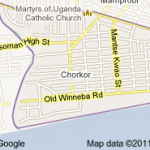
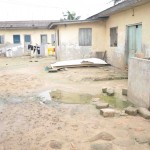
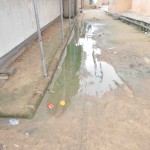
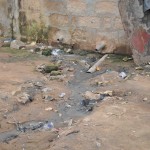
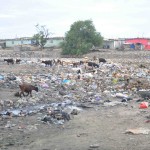
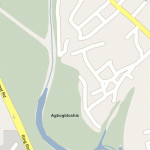
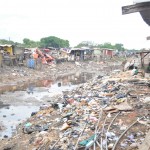
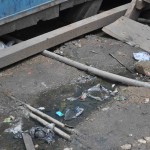
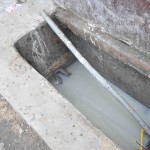
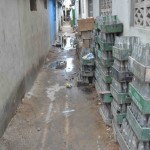
Maria,
I feel like I am there with you…thank you for such a wonderful blog! Your trip to the library will provide the clarity you need, I am sure of it. I am curious how the e-waste is affecting the overall health of the people of Agbogbloshie, especially children and pregnant women.
Keep up the great work. Take care,
Jo